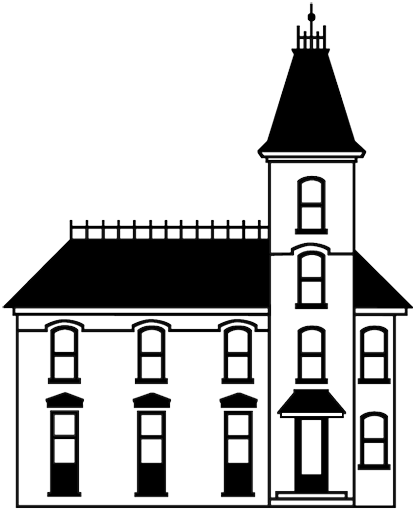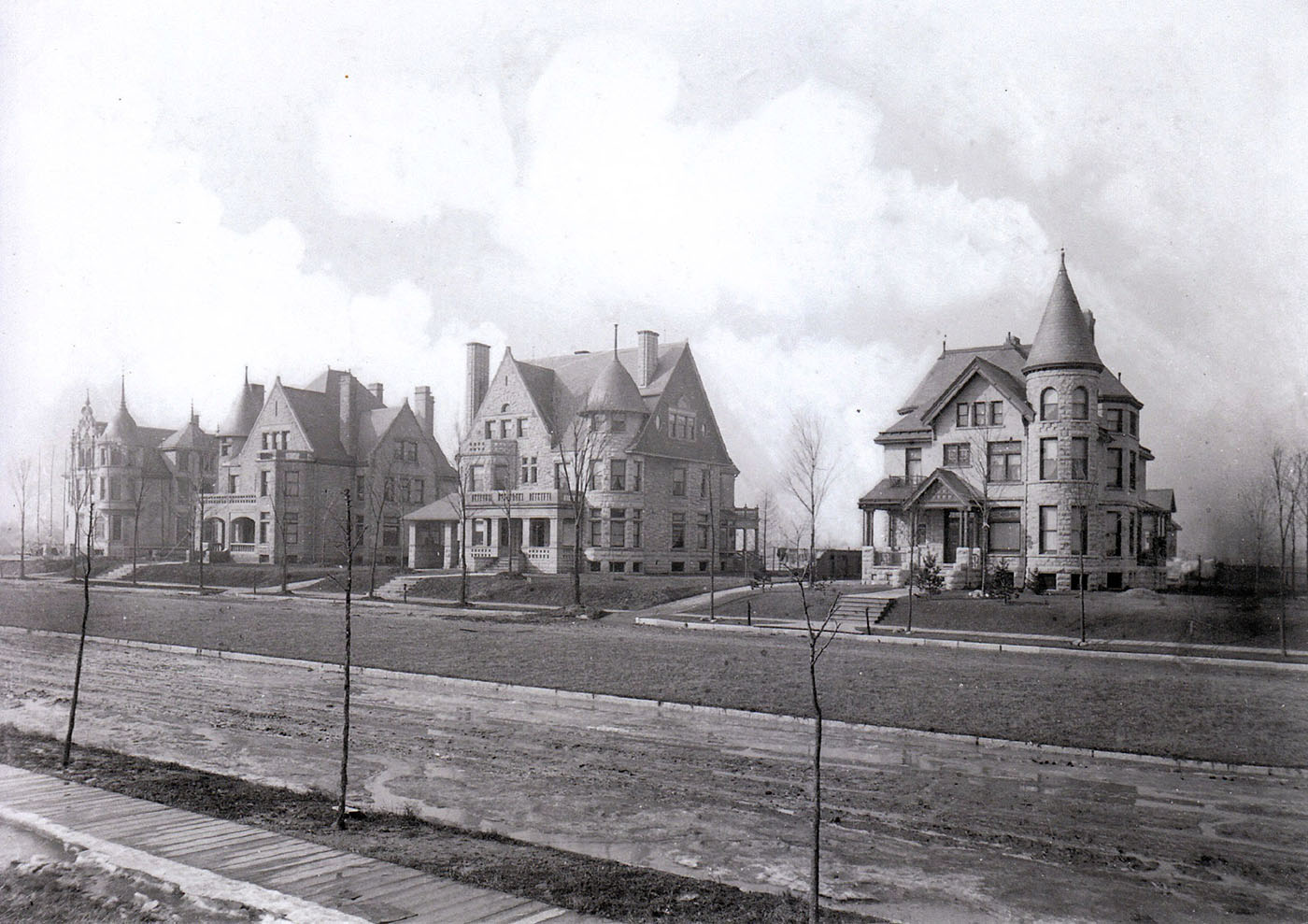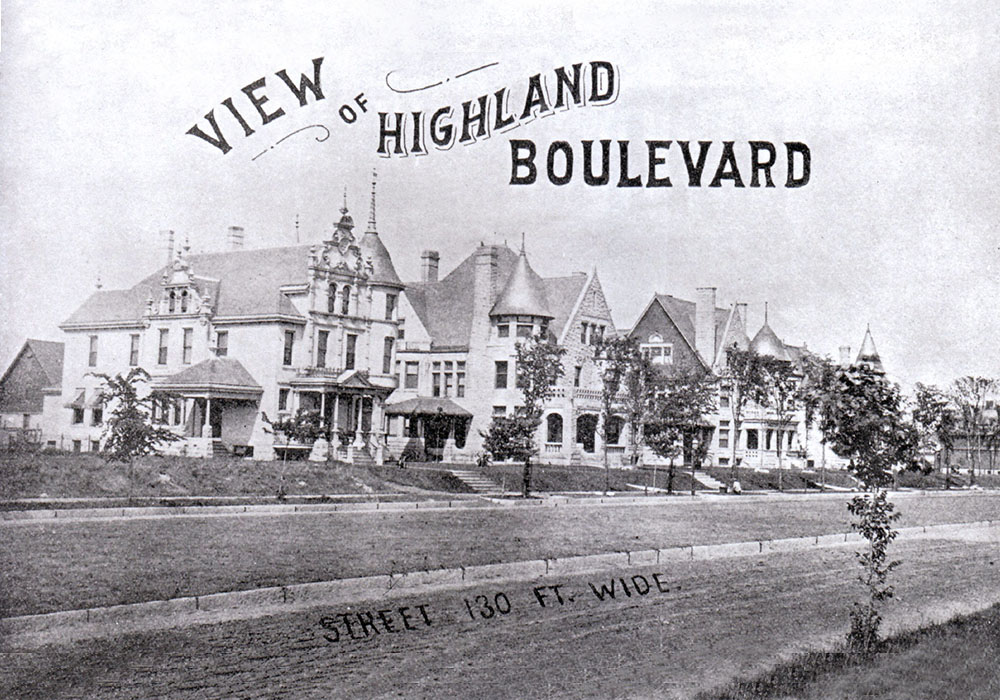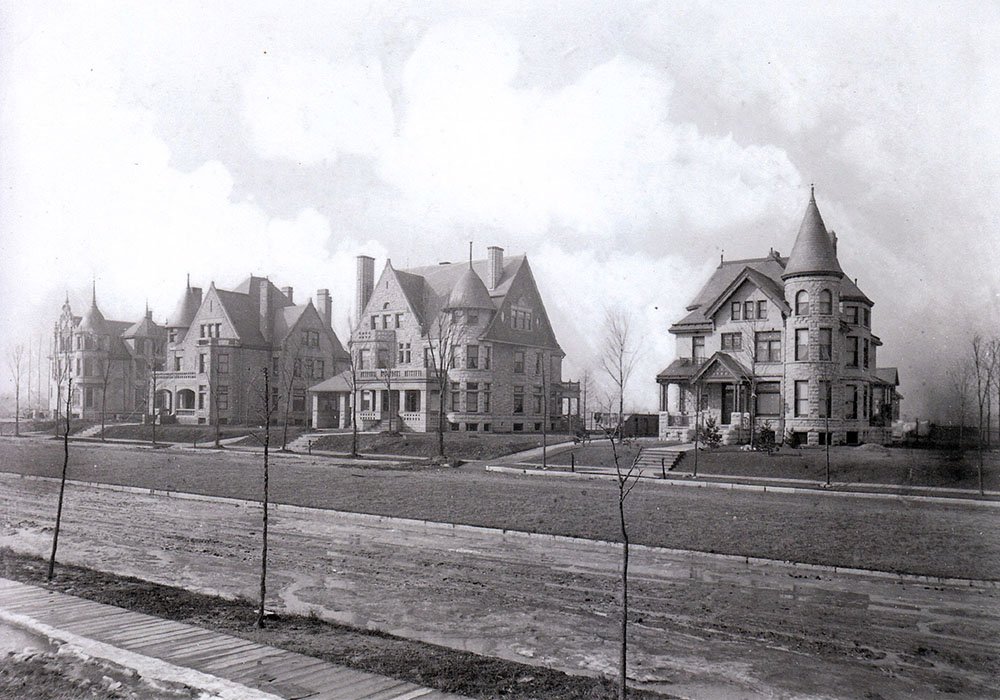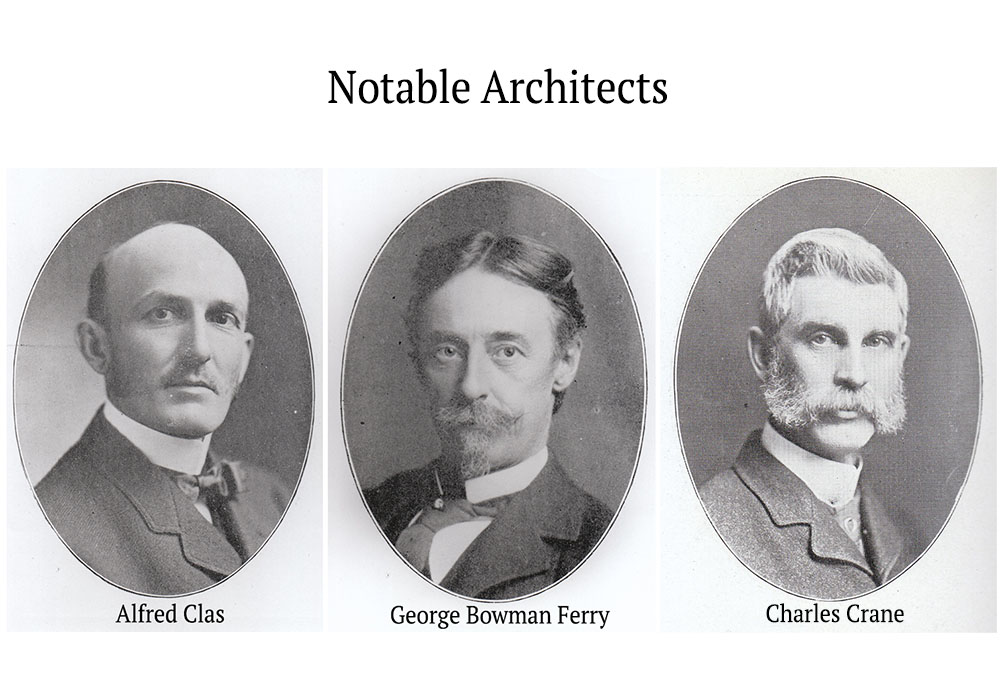In 1849, the Watertown Plank Road went as far as Wauwatosa; by 1853 it had reached Watertown. Along with produce from farms along the route, the road provided an easy way for city residents who preferred country living but whose work required them to live close to the city to have both. The first resident to build here was Dr. Robert Faries, a dentist whose real passion was astronomy. By 1870, wealthy residents were building mansions on Grand (now Wisconsin) Avenue and Highland Boulevard. Between those streets, the slightly less affluent built smaller but lovely homes, many of which remain today. In 1883, Concordia College moved to the corner of 31st and State streets.
By 1920, many of the wealthiest residents had left for the East Side or Wauwatosa; their mansions and houses were converted to rooming houses, or torn down and replaced with apartment buildings. By 1930, the neighborhood’s population had increased by 50 percent; a zoning change in 1961 accelerated the apartment building boom; developers concentrated heavily on the area around 29th and Wells streets. “Within one block of the intersection, developers ultimately put up 22 structures with a combined total of 685 units,” writes John Gurda in “Milwaukee, City of Neighborhoods.”
In the same decade, Concordia announced its intention to expand. It bought more than 100 houses, tore down approximately half, and turned the rest into rental units. In the 1970s, young families, attracted to the area because of its affordability and good housing stock, began buying houses at the edge of Concordia’s planned expansion. They spurred local officials to help in an effort to get the college to revisit its plans and better manage its rental properties.
By 1983, Concordia had moved to Mequon, freeing up the campus and remaining houses for sale. Between then and 1985, 25 were bought, rehabbed by what eventually became the West End Development Corporation, a grassroots nonprofit, and sold to owner-occupants. Many still live in the houses they bought then; others followed, buying houses from absentee landlords and returning them to their former splendor.
Historic Concordia Neighbors, Inc., a local volunteer organization, works to continue stabilizing, improving, and promoting the neighborhood through its annual home tour and other activities.
The Concordia Neighborhood was designated a National Historic District in 1985, a State Historic District in 1989, and a City Historic District in 1988.
